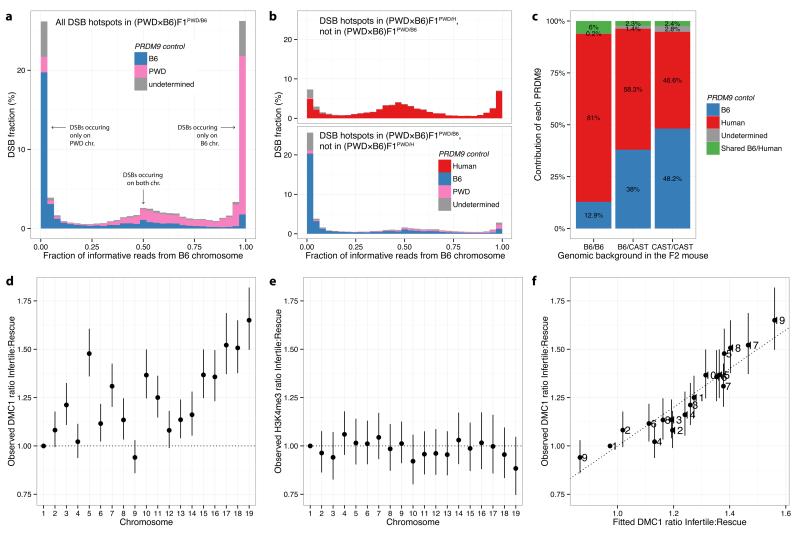Figure 2. DSB hotspot asymmetry in hybrids.
a, Distribution of the fraction of reads originating from the B6 chromosome in the infertile (PWD×B6)F1PWD/B6. PRDM9 control at each hotspot is attributed to B6 (blue), PWD (pink) or undetermined (grey). b, As a, but for non-shared hotspots, unique to either the rescue (PWD×B6)F1PWD/H (top) or the infertile (PWD×B6)F1PWD/B6 (bottom). c, Relative contributions of B6 and humanized PRDM9 to DMC1 signal in (B6/CAST)F2B6/H. Bars represent the three possible genomic backgrounds. d, Individual chromosome effects (relative to Chromosome 1) when comparing DMC1 signals in (PWD×B6)F1PWD/B6 relative to (PWD×B6)F1PWD/H, for shared DSB hotspots. Bars: 1 SE. e, As d, but for H3K4me3. f, Comparison of DMC1 chromosome effects (as in d) with the fitted chromosome effects, using a model including the symmetric hotspot measures for the three Prdm9 alleles. Bars: 3 SE (95% simultaneous confidence level for 19 chromosomes).

